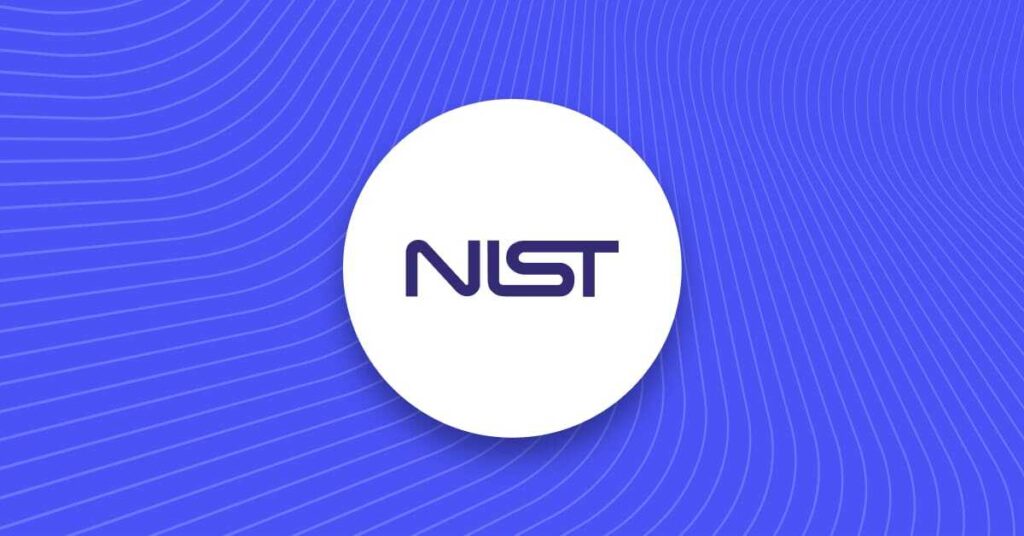
As we head into 2025, the fraud landscape is rapidly evolving, driven by technological advancements and increasingly sophisticated threat actors. To stay ahead, organizations must be aware of emerging fraud trends and how these new tactics can impact their operations and customers.
7 fraud trends shaping the identity landscape
Here’s a look at the top fraud trends to watch out for in 2025:
1. AI-assisted fraud
Artificial Intelligence (AI) is transforming both sides of the fraud equation. On one hand, businesses use AI to enhance security and streamline operations, while fraudsters have begun leveraging it to launch more complex, damaging attacks.
Take generative AI, for example. Such tools enable cybercriminals to create convincing phishing emails, fake documents, and deepfakes for extortion. In fact, between the launch of ChatGPT in November 2022 and May 2024, there was a 4,151% surge in malicious phishing messages.
As AI’s role in fraud continues to grow, it increases the scale and sophistication of the attack vectors organizations face. To counter this, companies need proactive defenses capable of identifying AI-generated threats.
2. Deepfakes
A deepfake is an AI-generated image, video, or audio recording that swaps one person’s image for another person’s likeness. Deepfakes have become a powerful tool in identity fraud, allowing criminals to create fake media that closely resembles real individuals. Fraudsters use them to impersonate people during authentication processes, tricking systems and employees alike.
The use of deepfakes has been increasing at a rapid pace. In 2024, Entrust reported that deepfake attempts surged by 3,000% between 2022 and 2023. Now, according to the 2025 Identity Fraud Report, one deepfake attempt happens every five minutes on average.
For organizations, implementing biometric verification that includes liveness detection can help counter these deceptive methods by verifying that a real, live person is on the other side of the screen.
3. Increase in digital manipulation
The shift from physical to digital document manipulation is making it easier for fraudsters to create realistic forgeries at scale. Today’s cybercriminals can download document templates or breach-obtained images, then alter them using common tools like Photoshop or even generative AI to quickly create synthetic identities.
The problem has become so severe that FinCEN issued an official warning to U.S. banks in November 2024:
“Criminals can create these deepfake images by modifying an authentic source image or creating a synthetic image. Criminals have also combined GenAI images with stolen personal identifiable information (PII) or entirely fake PII to create synthetic identities.”
Per our report, digital document forgeries increased by 244% last year. As these forgeries become more sophisticated, organizations must consider using advanced document verification tools that can detect even subtle signs of tampering.
4. Rise of “Fraud-as-a-Service”
Fraud-as-a-Service (FaaS) is an emerging threat where cybercriminals offer would-be fraudsters a marketplace of tools, resources, and expertise. GenAI tools like ChatGPT and WormGPT allow cybercriminals to generate phishing templates and other materials with ease, making sophisticated fraud accessible even to amateurs.
This model lowers the barrier to entry for potential fraudsters and expands the reach of cybercrime. Businesses can respond by strengthening their defenses and implementing monitoring tools that detect emerging fraud patterns across multiple channels.
5. AI-focused regulations
As AI advances, governments worldwide are introducing new regulations to balance innovation with security. The European Union (EU) AI Act, for instance, is the world’s first comprehensive regulation of artificial intelligence. This legislation categorizes AI applications based on risk levels, imposing strict requirements on high-risk AI systems, such as biometric identification and critical infrastructure. For businesses operating in the EU, compliance with the AI Act will be crucial to avoid fines and restrictions.
While regulations like the EU AI Act aim to curb harmful uses of AI, they also introduce compliance challenges, particularly for organizations with complex, global operations. To navigate this regulatory landscape, businesses should invest in adaptable compliance tools and stay informed of AI-focused regulatory developments, ensuring they meet evolving requirements without disrupting their operations.
6. eIDs and digital identity wallets
Digital identity wallets are on the rise, with Gartner predicting that half a billion smartphone users will regularly use them by 2026. Electronic IDs, or eIDs, and digital identity wallets allow users to store verified digital identities on their devices, making it easier to authenticate across platforms.
For example, the European Digital Identity Regulation enables EU citizens to use their digital IDs across national borders. As more individuals and organizations adopt digital identity wallets, businesses must ensure they can verify and protect them, especially as they gain widespread use in financial transactions and cross-border interactions. Although these wallets aim to increase security, businesses will require the functionality to verify both printed and digital IDs for some time to come.
7. Layered fraud prevention strategies
As fraud tactics become more advanced, relying on a single layer of defense is no longer enough. Today’s most effective fraud prevention solutions take a layered approach, combining multiple tools and technologies to protect against a variety of attack vectors.
Entrust and Onfido, for example, provide integrated capabilities that help organizations combat fraud using multiple security layers, including biometric and document verification, risk-based adaptive authentication, and device intelligence. By adopting a comprehensive fraud prevention strategy, organizations can strengthen their defenses and protect against diverse and evolving fraud threats.
Get more insights on top fraud trends and how to prepare for them in the 2025 Identity Fraud Report.





